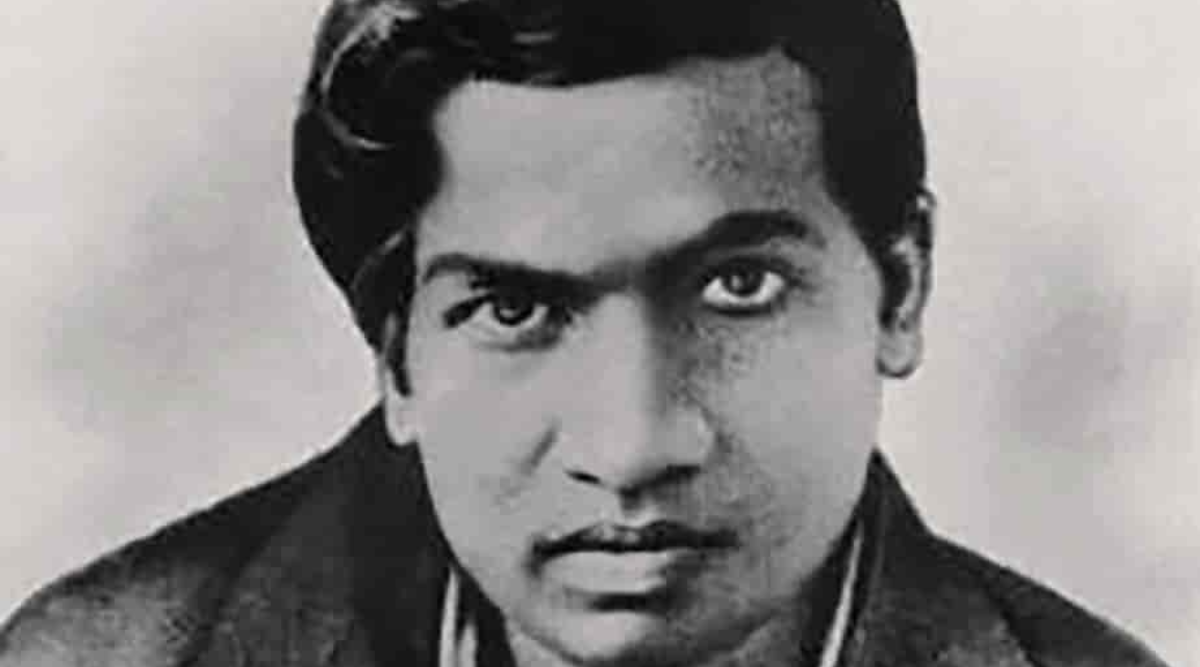Science & Technology
National Mathematics Day
- 22 Dec 2022
- 4 min read
Prelims: Srinivasa Ramanujan, Critical Thinking, UNESCO, Ramanujan number.
Mains: Contributions of Srinivasa Ramanujan, Achievements of Indians in Science & Technology
Why in News?
National Mathematics Day (NMD) has been celebrated every year on 22nd December to mark the birth anniversary of Srinivasa Ramanujan.
- On the 125th birth anniversary of Ramanujan, NMD was announced by the then-Indian Prime Minister Manmohan Singh in 2012.
- The day is celebrated annually with the aim to make people aware of the importance of mathematics and advancements and developments made in the field.
Who was Srinivasa Ramanujan?
- About:
- Born on 22nd December, 1887 in Erode, Tamil Nadu.
- In 1903, he secured a scholarship to the University of Madras but lost it the following year because he neglected all other subjects in pursuit of mathematics.
- In 1911, Ramanujan published the first of his papers in the Journal of the Indian Mathematical Society.
- In 1913, he began a correspondence with the British mathematician Godfrey H. Hardy which led to a special scholarship from the University of Madras and a grant from Trinity College, Cambridge.
- In 1918, he was elected to the Royal Society of London.
- Ramanujan was one of the youngest members of Britain's Royal Society and the first Indian to be elected a Fellow of Trinity College, Cambridge University.
- Contributions to Mathematics:
- Formulas and Equations:
- Ramanujan compiled around 3,900 results consisting of equations and identities. One of his most treasured findings was his infinite series for Pi.
- He gave several formulas to calculate the digits of Pi in many unconventional ways.
- Game Theory:
- He discovered a long list of new ideas to solve many challenging mathematical problems, which gave a significant impetus to the development of game theory.
- His contribution to game theory is purely based on intuition and natural talent and remains unrivalled to this day.
- Ramanujan’s Book:
- One of Ramanujan’s notebooks was discovered by George Andrews in 1976 in the library at Trinity College. Later the contents of this notebook were published as a book.
- Ramanujan number:
- 1729 is known as the Ramanujan number.
- It is the smallest number which can be expressed as the sum of two different cubes in two different ways.
- 1729 is the sum of the cubes of 10 and 9 - cube of 10 is 1000 and cube of 9 is 729 adding the two numbers results in 1729.
- 1729 is also the sum of the cubes of 12 and 1, cube of 12 is 1728 and cube of 1 is 1 adding the two results in 1729.
- Other Contributions:
- Ramanujan’s other notable contributions include hypergeometric series, the Riemann series, the elliptic integrals, mock theta function, the theory of divergent series, and the functional equations of the zeta function.
- Death: He died on April 26th, 1920, at the age of 32, just after returning to India after a long illness.
- Formulas and Equations:
UPSC Civil Services Examination Previous Year Question (PYQ)
Q. A recent movie titled The Man Who Knew Infinity is based on the biography of (2016)
(a) S. Ramanujan
(b) S. Chandrasekhar
(c) S.N. Bose
(d) C.V. Raman
Ans: (a)
Exp:
- ‘The Man Who Knew Infinity’ is a movie based on the biography of S. Ramanujan (1887-1920), an Indian mathematician, known for his immense contribution in mathematical analysis. He was a fellow of the Royal Society.
- Therefore, option (a) is the correct answer.







